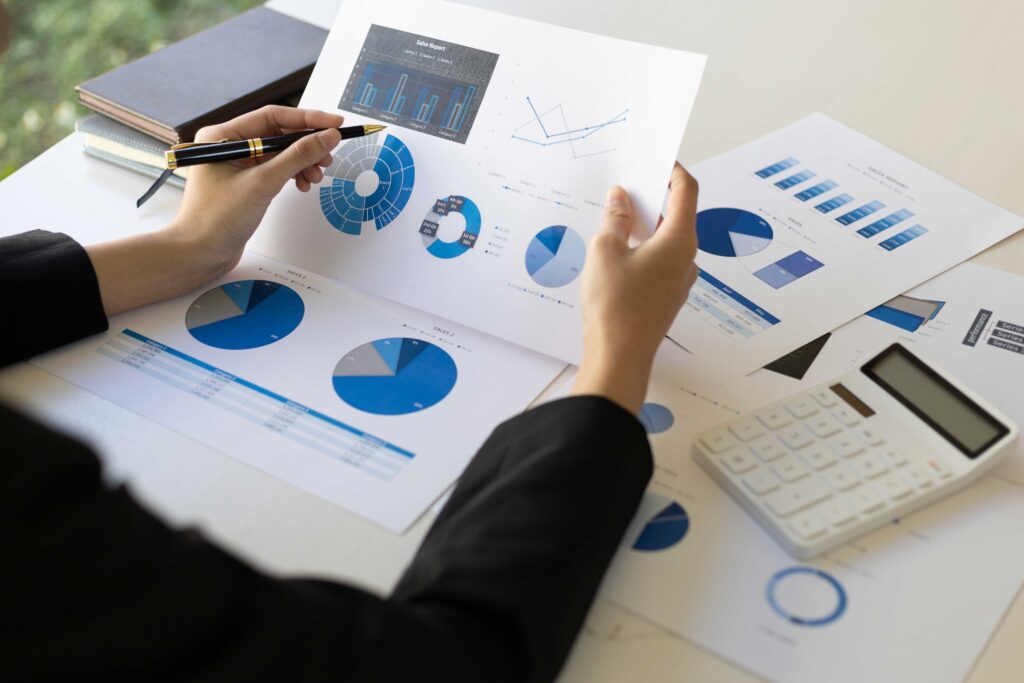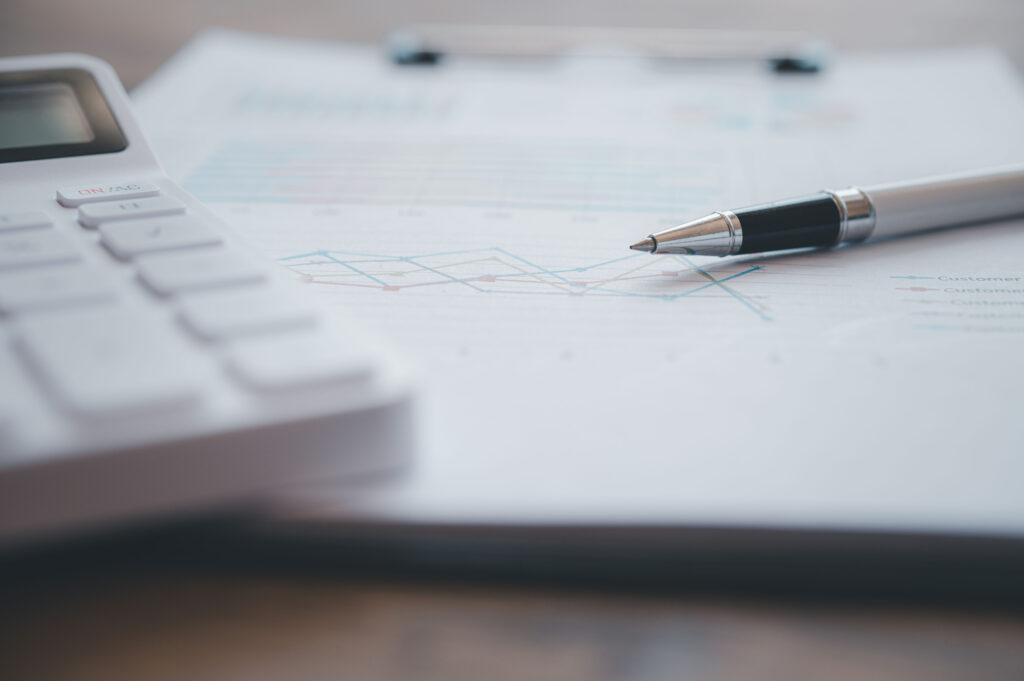Restaurant accounting is the process of recording, managing, and analyzing all financial transactions that occur in a restaurant, including sales, expenses, payroll, and inventory. It helps restaurant owners track profitability, manage cash flow, and make informed financial decisions essential for long-term success.
1. Introduction: The Financial Backbone of Every Restaurant
Restaurants operate in one of the most dynamic and competitive industries. From fluctuating ingredient prices to managing inventory and labor costs, staying financially stable requires careful planning. Unlike other types of businesses, restaurants often deal with small profit margins and constant operational changes.
This is where restaurant accounting plays a vital role. It provides the structure, data, and insights restaurant owners need to run profitable operations. Without accurate accounting, even the busiest restaurant can struggle to manage cash flow, track expenses, or identify where profits are leaking.
Simply answer what is restaurant accounting, is the process of recording, analyzing, and managing all financial transactions in a restaurant. It helps ensure that every dollar earned and spent is properly tracked, enabling owners and managers to make smart, data-driven decisions.
2. What Is Restaurant Accounting?
Restaurant accounting is the specialized branch of accounting focused on tracking and managing the financial activities of restaurants, bars, cafés, and other food service businesses. It includes everything from recording daily sales and managing expenses to calculating labor costs and preparing financial reports.
The purpose of restaurant accounting is not only to stay compliant with financial regulations but also to understand how money moves through the business-where it comes from, where it goes, and how it affects profitability.
How Restaurant Accounting Differs from General Accounting
While general accounting principles apply to most businesses, restaurant accounting includes additional layers of complexity. Here’s how it differs:
- Frequent Transactions: Restaurants often have hundreds of transactions daily, requiring accurate daily tracking.
- Perishable Inventory: Unlike retail, restaurant inventory can spoil or go to waste, which affects cost tracking.
- Labor-Intensive Operations: Payroll often makes up 25–40% of total expenses, requiring careful monitoring.
- Fluctuating Costs: Ingredient prices, seasonal changes, and delivery fees can impact margins week-to-week.
In essence, restaurant accounting is built to handle fast-paced operations and provide real-time financial insights essential for making quick, informed business decisions.
3. Core Components of Restaurant Accounting

Restaurant accounting isn’t just about balancing books-it’s about understanding the story behind the numbers. Let’s explore the main components that make up this financial framework.
a. Sales Tracking
Every restaurant’s accounting process begins with tracking revenue. This includes all sources of income such as dine-in, takeout, delivery, catering, or bar sales.
Modern restaurants rely heavily on Point-of-Sale (POS) systems that automatically record transactions, process payments, and categorize revenue. Accurate sales data is crucial for:
- Analyzing daily, weekly, and monthly performance
- Understanding which menu items generate the most profit
- Tracking sales trends by day, shift, or season
Consistent sales tracking also helps reconcile cash and credit transactions, reducing discrepancies or potential theft.
Learn more about Choosing the Best POS System for your Business in our blog
b. Expense Management
Running a restaurant involves a long list of expenses-some fixed, others variable. Common categories include:
- Fixed costs: Rent, insurance, licenses, and equipment leases
- Variable costs: Food ingredients, utilities, cleaning supplies, and delivery fees
- Labor costs: Wages, benefits, and payroll taxes
Keeping track of all these expenses helps restaurant owners understand their cost structure. For instance, if food costs rise but sales remain flat, profit margins shrink. With proper accounting, managers can identify and address these issues quickly.
Expense management also involves budgeting and forecasting, helping restaurants plan for future costs and avoid overspending.
c. Inventory Management and Cost of Goods Sold (COGS)
Inventory management is one of the most critical parts of restaurant accounting. Every ingredient or beverage purchased affects profitability.
The Cost of Goods Sold (COGS) represents the total cost of the ingredients and materials used to prepare the food and drinks sold during a period.
COGS Formula:
- COGS = Beginning Inventory + Purchases – Ending Inventory
Monitoring COGS allows owners to measure how efficiently ingredients are being used. If COGS increases without a corresponding rise in sales, it may indicate over-portioning, spoilage, or theft.
Effective restaurant accounting systems track inventory regularly-sometimes even daily-so managers can make adjustments quickly.
d. Payroll and Labor Cost Management
Labor is typically one of the largest expenses for any restaurant. Accounting for payroll includes tracking wages, overtime, tips, and taxes.
A strong payroll system ensures compliance with local labor laws and fair payment to employees. Beyond compliance, monitoring labor costs helps identify opportunities to improve efficiency.
For example, analyzing labor-to-sales ratios can reveal whether a restaurant is overstaffed during slow periods or understaffed during peak hours.
4. The Restaurant Chart of Accounts
A chart of accounts (COA) is a categorized list of all the financial accounts used by a business to record transactions. In restaurant accounting, it provides the structure needed to organize income, expenses, assets, and liabilities clearly.
Typical Restaurant Chart of Accounts Includes:
- Assets: Cash, inventory, equipment, furniture
- Liabilities: Loans, accounts payable, payroll taxes
- Equity: Owner’s investment, retained earnings
- Income Accounts: Food sales, beverage sales, catering income, delivery income
- Expense Accounts: Food cost, beverage cost, wages, rent, utilities, maintenance, advertising
When understanding What Is Restaurant Accounting?, the COA is the foundation for transparency and financial accuracy.
5. Accounting Methods Used in Restaurants
Restaurants can choose between two main accounting methods-cash accounting and accrual accounting. Each has its benefits depending on the size and needs of the business.
a. Cash Accounting
In the cash method, transactions are recorded when cash actually changes hands. Income is recognized when payment is received, and expenses are recognized when paid.
Advantages:
- Simple and easy to manage
- Useful for small restaurants with straightforward operations
- Provides a clear view of available cash
Disadvantages:
- Doesn’t show outstanding bills or unpaid sales
- Not ideal for long-term financial analysis
b. Accrual Accounting
Under the accrual method, income and expenses are recorded when earned or incurred, not when cash is exchanged.
Advantages:
- Gives a more accurate financial picture
- Reflects all income and expenses for a given period
- Helps with long-term planning and performance tracking
Disadvantages:
- More complex
- Requires more bookkeeping expertise
Many growing restaurants use the accrual method because it provides a more realistic view of business performance over time.
6. Key Financial Reports in Restaurant Accounting

Financial reports are the language of business. They translate day-to-day transactions into insights restaurant owners can use to make smarter decisions.
a. Profit and Loss (P&L) Statement
Also known as an income statement, the P&L shows a restaurant’s total revenue, COGS, expenses, and net profit over a specific period.
A P&L helps answer essential questions like:
- Are sales increasing or decreasing?
- Which costs are rising the fastest?
- Is the restaurant profitable this month or quarter?
Regularly reviewing the P&L allows managers to identify inefficiencies, adjust pricing, or reduce waste.
b. Balance Sheet
The balance sheet provides a snapshot of the restaurant’s financial position at a specific point in time. It lists assets, liabilities, and owner’s equity.
It’s particularly useful for evaluating the restaurant’s financial stability, such as whether the business has enough assets to cover its debts or whether it’s operating efficiently.
c. Cash Flow Statement
Restaurants rely heavily on daily cash transactions. The cash flow statement shows how cash moves in and out of the business.
It’s divided into three sections:
- Operating activities – cash from sales and payments to suppliers
- Investing activities – purchase or sale of assets
- Financing activities – loans or owner investments
Maintaining healthy cash flow is critical. Even profitable restaurants can face trouble if cash isn’t available to pay staff or suppliers on time.
7. Common Challenges in Restaurant Accounting
Accounting in the restaurant industry comes with unique challenges that demand consistency and attention to detail.
a. Managing High-Volume Transactions
With numerous daily transactions, errors can occur easily. Automated POS integrations and daily reconciliation help maintain accuracy.
b. Tracking Inventory and Waste
Food waste and theft can significantly affect profits. Regular inventory audits and monitoring variance reports are essential.
c. Seasonal Sales Fluctuations
Many restaurants experience changes in demand based on season or location. Accounting data helps plan for slower months by managing expenses effectively.
d. Labor and Payroll Complexity
Tracking hours, tips, and overtime for a large team can be complex. Restaurant accounting systems ensure compliance with wage laws and prevent under- or overpayment.
e. Tax Compliance
Restaurants must manage various taxes-sales tax, payroll tax, and income tax. Missing deadlines or filing inaccurate returns can lead to penalties.
8. The Role of Technology in Restaurant Accounting
Modern technology has transformed restaurant accounting from a manual process into a streamlined, data-driven operation.
a. Point-of-Sale (POS) Integrations
Integrating POS systems with accounting software automates daily sales entries and reduces manual errors. Popular systems like Toast, Square, and Clover are widely used in restaurants.
b. Accounting Software
Programs such as QuickBooks Online, Xero, or specialized restaurant platforms help record transactions, reconcile accounts, and generate reports quickly.
c. Cloud-Based Bookkeeping
Cloud accounting provides real-time access to financial data from any location. It allows restaurant owners and accountants to collaborate more efficiently.
d. Data Analytics and Dashboards
Many modern tools now include dashboards that visualize key metrics like COGS, labor cost, and profit margins, helping managers make faster decisions.
Technology not only saves time but also improves accuracy and compliance-essential in a fast-moving business like food service.
9. Best Practices for Effective Restaurant Accounting
Following best practices ensures efficient financial management. When you understand What Is Restaurant Accounting?, you can apply these principles:
- Record Daily Sales and Expenses: Don’t delay bookkeeping tasks; small mistakes can compound quickly.
- Reconcile Accounts Regularly: Compare bank statements, POS data, and financial records weekly or monthly.
- Monitor Key Metrics: Track food cost percentage, labor cost percentage, and prime cost (COGS + labor).
- Conduct Inventory Audits: Regular audits reduce waste and detect discrepancies early.
- Separate Business and Personal Expenses: Use dedicated accounts to keep records clean and compliant.
- Review Financial Statements Monthly: Identify trends and take corrective actions early.
- Stay Updated on Tax Regulations: Restaurants face multiple tax obligations; staying informed prevents legal issues.
- Adopt Automation: Streamline data entry and reporting with integrated systems.
By following these practices, restaurant owners can build a financially stable operation that adapts quickly to challenges.
10. Conclusion: What Is Restaurant Accounting
So, What Is Restaurant Accounting? It’s more than just bookkeeping—it’s the financial backbone that supports profitability, stability, and growth. Accurate accounting empowers restaurant owners to:
- Set realistic budgets
- Optimize menu pricing
- Manage labor and food costs
- Improve cash flow
- Make informed decisions based on actual performance
In a business where every cent counts, strong accounting practices are the difference between surviving and thriving. Whether a restaurant is new or well-established, maintaining disciplined accounting habits ensures long-term success in a highly competitive industry.
FAQ’s About What is Restaurant Accounting
1. What type of accounting is used in restaurants?
Restaurants typically use either cash accounting or accrual accounting. Small restaurants often choose cash accounting for simplicity, while larger establishments prefer accrual accounting for more accurate tracking of income and expenses over time.
2. How to do accounting for a restaurant?
Restaurant accounting involves recording daily sales, tracking expenses, managing payroll, monitoring inventory, and preparing financial reports such as profit and loss statements. Using POS systems and accounting software helps automate these tasks and ensure accuracy.
3. What is the best accounting method for restaurants?
The accrual accounting method is considered best for most restaurants because it provides a complete view of financial performance by recording transactions when they occur—not just when cash is exchanged.
4. What is the 30-30-30 rule for restaurants?
The 30-30-30 rule is a budgeting guideline suggesting that about 30% of revenue goes to food costs, 30% to labor, and 30% to overhead expenses like rent and utilities, leaving roughly 10% as profit.

























